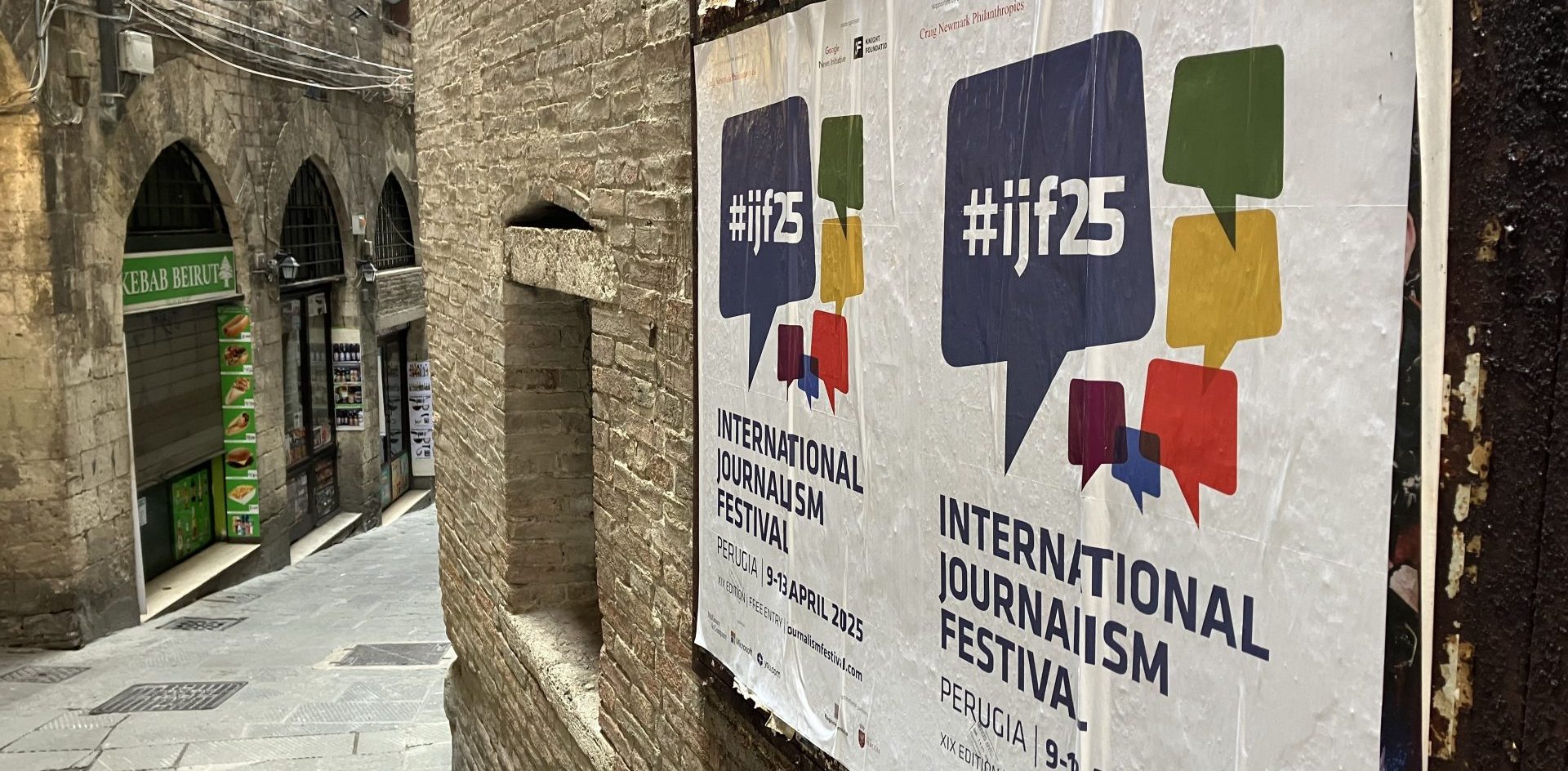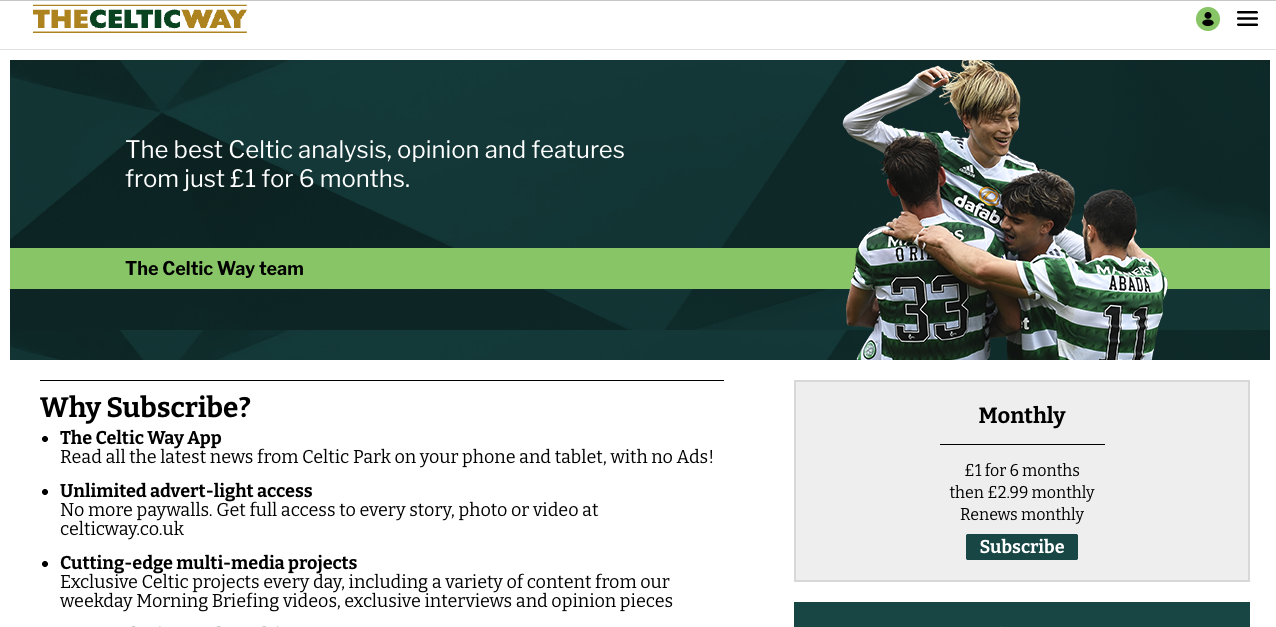
Newsletter
Newsletter
After a frenzy of experiments, media groups are using their strategic goals for a filter for their adoption of AI technologies.
3rd May 2024

If you feel like the rush of AI developments in publishing and media has been driving forward at a breakneck pace, you’re not alone.
“The last 12 months have been a frenzy of activity,” Tami Hoffman, the director of news distribution and commercial innovation at ITN, told the audience at the recent Society of Editors conference. ITN, which produces news for UK broadcasters ITV, Channel 4 and Channel 5, is “pedalling hard” and engaging in a “massive skilling up across all bits of the business”.
These efforts can feel quite scattered, she said, but added, that while the current benchmarks are about efficiency, she predicts a shift to focus to evaluating the strategic fit of AI tools and technologies for media businesses. Indeed, at conferences this spring and continued developments in the publishing and broadcasting industries, we are beginning to see AI strategies develop.
Tami is right that much of the initial focus has been on using AI to drive efficiencies. This is partly because that is where the technology is most mature and in no small part because of the profound stress the industry is under. Publishers must rely on technology more as the ranks of reporters they can afford to employ continue to decline. The Press Gazette has been tracking media job losses across the UK and North America, and in January 2024 alone, about 1000 journalists lost their jobs. Tami said ITN is looking at how AI can solve “pain points” in the business.
Case in point: News agency PA Media uses AI to accelerate its edit flow, editor-in-chief Pete Clifton told the Society of Editors conference. The technology ads tags and categories and can generate short summaries or rewrite headlines so PA staff can do what they do best, “boots on the ground” reporting.
This is the enlightened approach, to use AI to automate some tasks and find efficiencies while retaining humans in the loop for other tasks to free up precious resources for original content. Generative AI is good and getting better at summarising or repackaging existing content, but it cannot conduct original reporting.
Our strategic view is that AI is part of mega-trends that began during the Platform Era that benefit publishers focused on generating value and punish volume publishers reliant on rented audiences. We have written extensively about the end of the Platform Era, and at the Society of Editors conference, Blathnaid Healy, executive news editor at the BBC for growth, social and delivery, said the industry is facing a “referral recession”.
For anyone working in audience development over the last year, search has been the bright spot for referral traffic as social media referrals have dropped precipitously. The concern is that Google’s AI efforts will end that, particularly with its Search Generative Experience, which will deliver answers to people’s questions. For many users, this will be enough, and they won’t need to click through the site.
Stuart Forrest, Bauer Media Group’s global head of SEO, told the PPA Festival in London that he sees a silver lining for publishers with SGE. Yes, it will answer simple questions well, but on both sides of Google’s business ledger, SGE poses questions for the search giant’s business. “SGE threatens the click rate of our content, but it also threatens Google’s core advertising business,” Stuart said. On the cost side of the business, running all of those servers to power AI services is expensive, Forrest pointed out.
Since late 2022, Google’s search ranking algorithm has focused on what it believes are signals of quality and originality: experience, expertise, authority, and trustworthiness. “We are all as publishers having to double down on the explicit signals we send to Google about the quality of our content, the quality of the people who write it, and trust in our brands,” Forrest said at the PPA Festival.
Google has been clear about what it rewards and punishes, and publishers who have ignored their guidance have seen their search traffic plummet. An update in March was designed to punish low-quality, spammy, AI-generated content, and Google warned that it might result in traffic drops of up to 40%. Undifferentiated, commodity content – the volume players in publishing – has been an increasingly difficult business to run, and if those players think AI will save their skins, they better think again.
As the value of high-quality, original content increases for publishers, they are keen not to make the mistakes of the past as they negotiate with powerful platform players. Publishers don’t want to cede the value of their content to platforms or allow platforms to insert themselves as intermediaries between them and their audiences.
“The idea that (content) could be given away and scraped without attribution feels like a lot of platforms are above the law,” Tami of ITN told the Society of Editors, adding: “It’s not just using our copyright. They will create relationships with our audience using our content without sending traffic back to us.”
The day before the Society of Editors conference this week, the FT announced it was the latest large publisher to strike a deal with OpenAI. The FT would licence its content to OpenAI. OpenAI gains not only access to the FT’s content, but its more than 100 m users will gain access to summaries, quotes and links from the business paper’s content. We would assume that these summaries would be used to drive the growth of the FT’s subscriber base.
“It recognises the value of our award-winning journalism and will give us early insights into how content is surfaced through AI,” FT Group CEO John Ridding said.
This is one of three approaches publishers are taking when it comes to large-language models:
The question though is whether AI is yet another force pushing media in the winner takes most trend that the Reuters Institute has identified in its last two digital news reports. Industry watchers are concerned that smaller news publishers won’t be able to strike the same AI licencing deals as majors are when it comes to licencing without collective bargaining or regulatory support from governments. “There are a limited number of players that can do these big deals,” Tami said.
Our view is that for news organisations a certain scale is required to do direct deals with AI companies. However, in the B2B space, smaller players with valuable data products or serving well-heeled niches can punch above their weight and create their own products. Case in point, business-of-travel pioneer Skift has also rolled out its own AI chatbot, which offers up some samples with a clear subscription call-to-action to access all of its content via the chat interface.
As we said recently, AI experiments last year are turning into AI-powered products. A typical progression for many publishers and broadcasters with generative AI would be:
Blathnaid of the BBC described AI as the latest chapter in media’s digital transformation. The first chapter was the desktop internet, then mobile and social and now AI “There are tonnes of headlines with problem statements that say that AI is the solution. We have to be careful,” she said.
The BBC’s strategy is to “reach all audiences with high-quality news”, and they evaluate AI on whether it is an enabler to achieve that strategic goal.
At Newsquest, Jody Doherty-Cove leads a “growing team of AI-assisted journalists” working at the group’s more than 150 titles. These AI-assisted reporters are trained on their in-house AI systems, data protection and Newsquest’s editorial guidelines to support their work. Returning to the theme of efficiencies enabling reporters, “it’s fantastic to see how (the time they save with AI tools) has been used,” Jody said. It frees up reporters to spend more time getting exclusive content that appeals to users.
With all of these examples, you can start to see the outlines of how AI tools can be used to help publishers and broadcasters achieve their strategic goals. We advise publishers and broadcasters to keep their eye on how AI helps them deliver more value to their audiences in line with their various business models.
Here are some of the most important headlines about the business of news and publishing as well as strategies and tactics in product management, analytics and audience engagement.

Newsletter

Newsletter

Newsletter

Newsletter

Newsletter